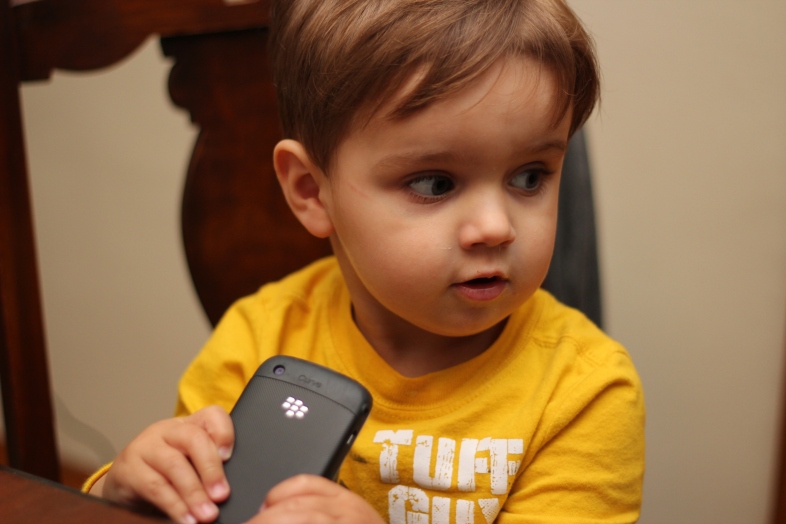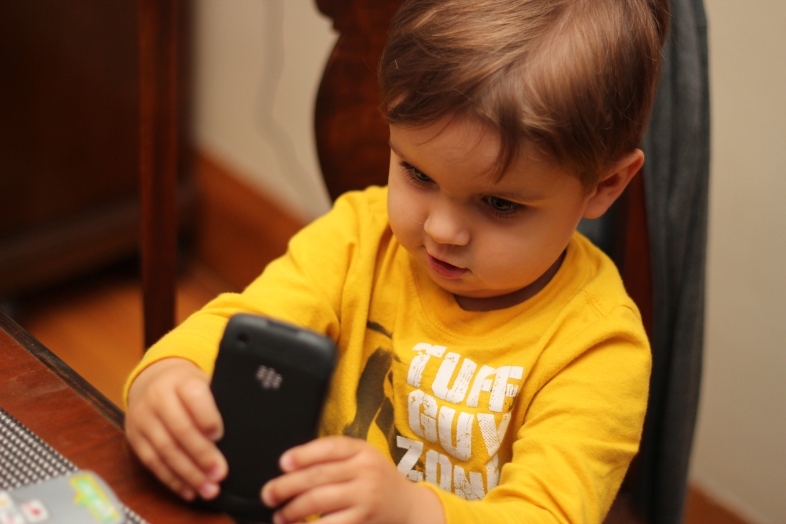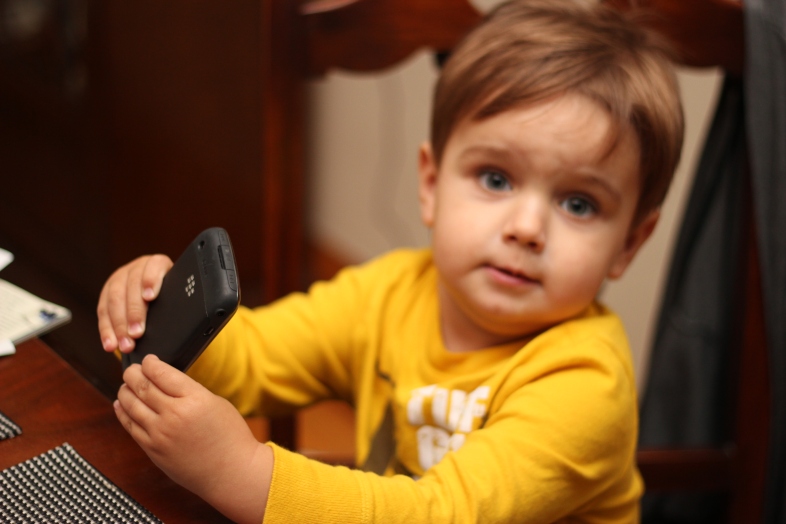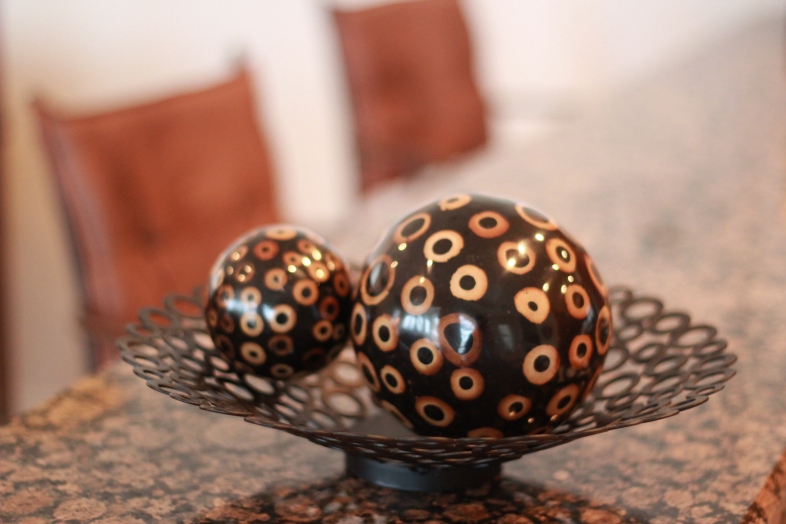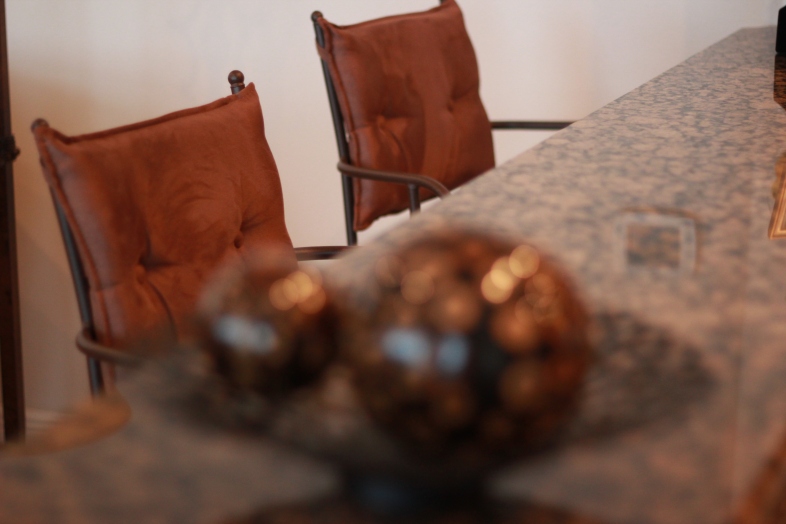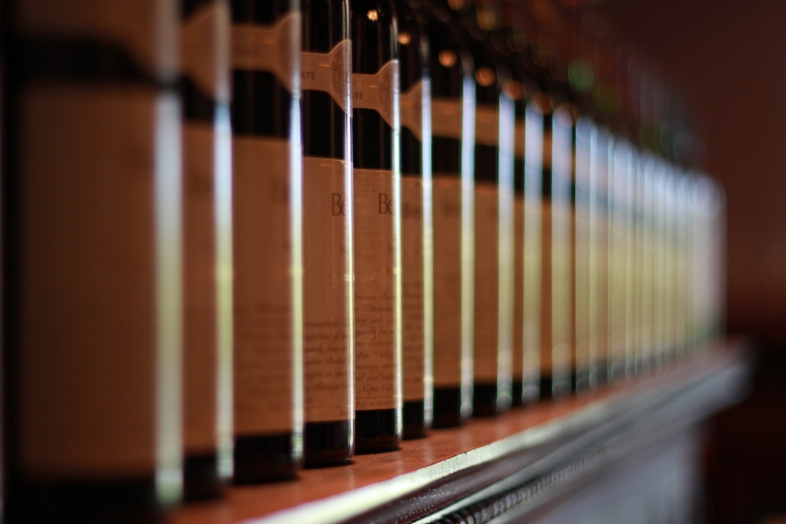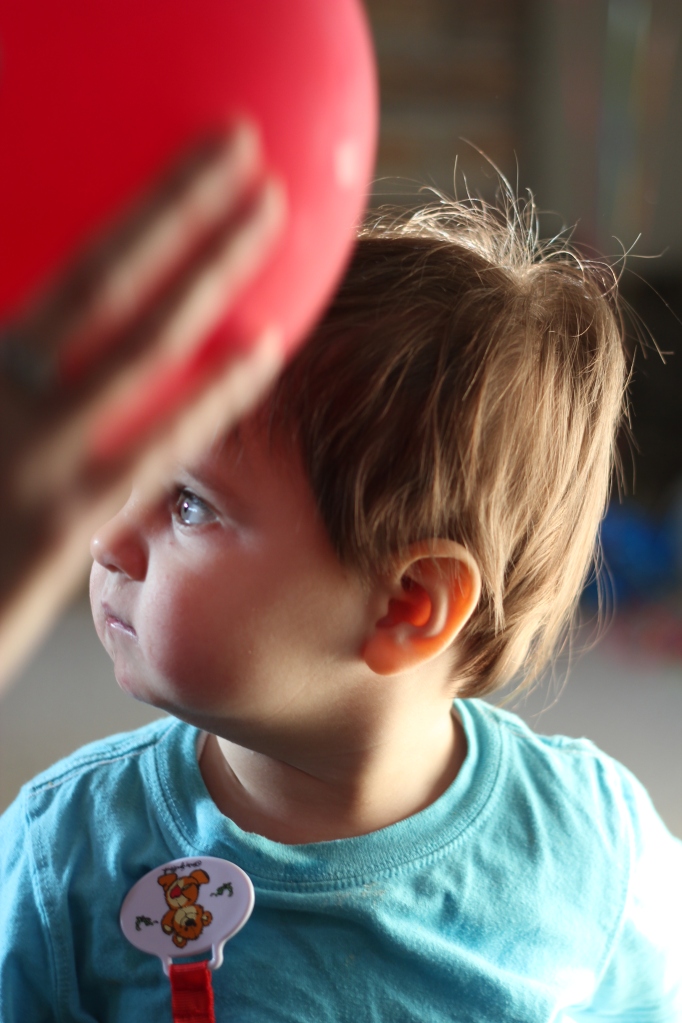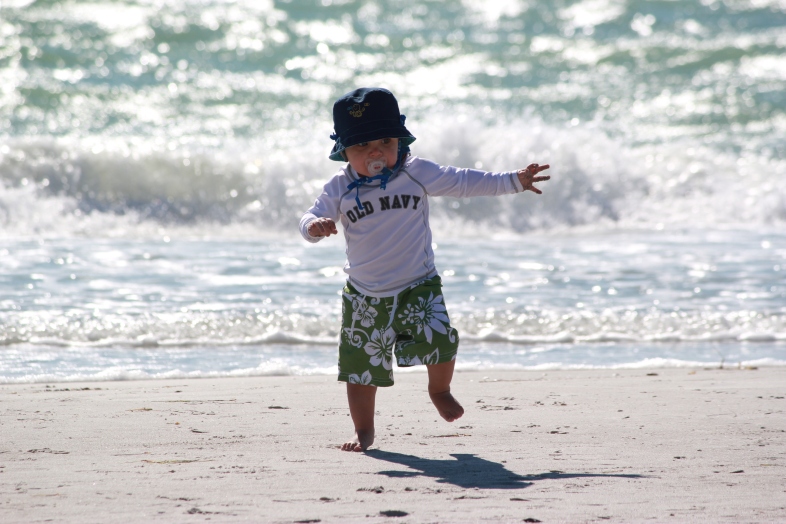A while ago I learned a great photography tip…
When taking pictures of kids, don’t be lazy and take the shot from your standing height. Instead, get down to their eye level to take the shot.
Depending on what the kid is doing at that very moment, this might mean getting down on your knees, sitting on your butt, or even lying on your belly to take the picture from their eye level.
It can be a dirty job, but trust me, the quality of photos you take will be worth the extra loads of laundry and occasional scraped knee.
To test the theory, I recently did a little experiment.
My son and I were in a park and he was sitting on a bench waiting for his turn on the swing. He REALLY wanted to use that swing, so he wasn’t enjoying the seemingly eternal 3-minute wait. We’ve all been there, of course.
I took these two shots in quick succession. The first one from a standing position and the second from my knees.
I’ve pondered for a long time the reasons this technique makes for more compelling pictures. I think it comes down to this:
- You get a better look at their facial expression.
- You feel more “in the moment” rather than looking “at” the moment.
- The background is typically more attractive than looking at the ground or the floor.
- The background is typically further away, so you benefit from larger depth of field in the image.
- You get a better perspective on how big or small the child is.
What do you think? Do you agree that the shot taken from my knees is a more compelling photo? What other tips do you have for taking pictures of kids?




